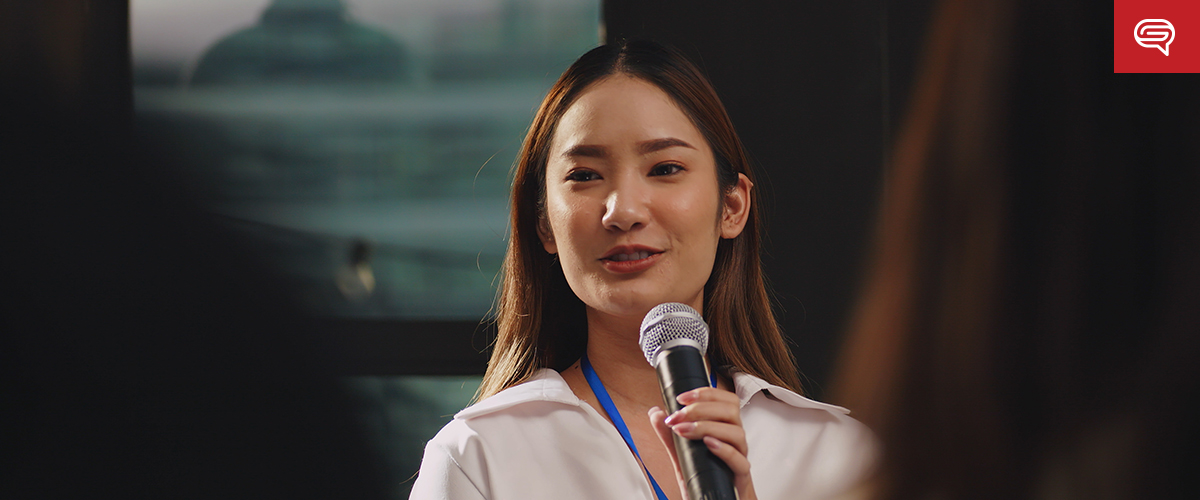In Wired we read about a Microfuidics lab that was made using a photocopier and PowerPoint.Forget £300 “lab-on-a-chip” devices. A high school physics teacher in Cambridge, Massachusetts has made a handy, DIY microfluidic chip with Microsoft PowerPoint, a photocopier and a slide of transparency film.Microfluidic chips are used to study liquids at the microliter and nanoliter range, to take advantage of the unique fluid behaviors that take place at such tiny scales. The technology has had a huge impact on fields such as physics, chemistry, engineering and biotechnology.But the devices are expensive, and created through a complicated production method involving clean rooms, photolithography and etching.Joe Childs, a physics teacher at Cambridge Rindge and Latin School and collaborator with Harvard University’s School of Engineering and Applied Sciences (SEAS), has come up with a quick and inexpensive way to make reusable lab-on-a-chip devices, which are perfect for schools.
Blog
Other popular articles
-

Product Slide vs. Solution Slide: A Comparison of Pitch Deck Slides
March 26, 2025
-

Video vs. Images: Finding the Best Fit for Your ‘Product’ Slide
March 25, 2025
-

Common Timeline Chart Types for Startup Pitch Decks
March 24, 2025
-

The Strategic Blueprint: How to Present a Cohesive ‘Our Strategy’ Slide
March 23, 2025
-

Why Visual Storytelling Is Critical in Pre-Seed Fundraising Presentations
March 22, 2025
-

Ways to Visualize Research Milestones in a Biotech Series B Deck
March 21, 2025
24×7 Design Services